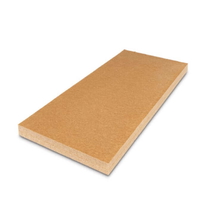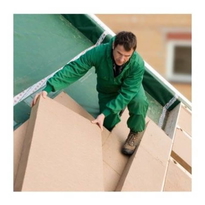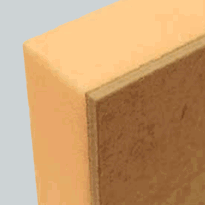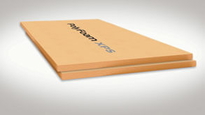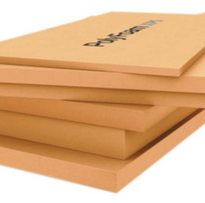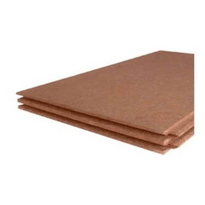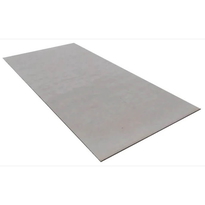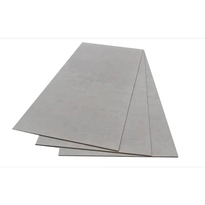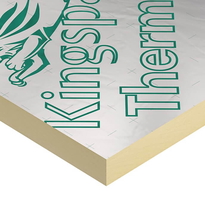Different Types of Loft Insulation Boards and Their Properties
Different types of loft insulation boards vary significantly in their materials, manufacturing processes, and performance characteristics. It's essential to consider these factors carefully when selecting the most suitable solution for a specific building application. Polyisocyanurate boards are well known for their high thermal resistance and durability. They're often suitable for roofing applications, especially where extreme temperatures are encountered. Phenolic foam boards excel in moisture resistance and thermal performance, making them particularly appropriate for humid or damp environments within loft spaces. Expanded polystyrene (EPS) provides a cost-effective insulation option. However, it tends to be less durable over time and may be more susceptible to damage or deterioration. Extruded polystyrene (XPS) offers improved durability and resistance to moisture compared to EPS, while also delivering better thermal properties, making it a popular choice for loft insulation where longevity and moisture resistance are priorities. Polyurethane foam boards deliver high insulation values and are suitable for use in roofing and wall applications. Their versatile properties make them effective in reducing heat transfer and improving overall thermal efficiency. The manufacturing process of each material—whether by foaming or extrusion—significantly influences its performance and suitability for particular loft insulation needs. These processes determine factors such as insulation durability, moisture resistance, and thermal conductivity. Manufacturing methods such as foaming or extrusion, are crucial in defining the final product's strength, flexibility, and insulating capabilities.
Benefits and Limitations of Using Loft Insulation Boards
Benefits and Limitations of Using Loft Insulation Boards
Loft insulation boards can provide a range of practical benefits that enhance a building's energy efficiency and overall comfort. However, their installation also involves certain limitations that should be carefully considered during the planning process.
Benefits of Loft Insulation Boards
-
Energy Conservation and Cost Savings By reducing heat loss through the loft space, insulation boards can lower heating bills by up to 20%. This means improved energy efficiency and reduced ongoing expenses.
-
Environmental Benefits Enhanced insulation reduces the building’s carbon dioxide (CO?) emissions, contributing positively to environmental sustainability efforts.
-
Increased Property Value and Comfort Properly insulated homes tend to have higher market value and provide a more comfortable indoor environment, especially during colder months.
Limitations and Considerations
-
High Initial Investment The upfront costs associated with installing loft insulation boards can be significant, though these are often offset by long-term savings.
-
Space Constraints and Moisture Risks Installing insulation boards requires sufficient space within the loft. Additionally, if not correctly installed, there can be issues related to moisture build-up, which may cause damp or mould problems. Proper ventilation is essential to prevent moisture-related issues.
-
Installation Challenges The process can be technically demanding, requiring precise fitting to avoid gaps or compression that diminish insulation effectiveness.
-
Material Compatibility Selecting suitable materials that are compatible with existing structures and other insulation components is essential to avoid potential issues such as electrical hazards or material degradation.
Tips for Effective Installation and Choosing the Right Material
Tips for Effective Installation and Choosing the Right Material
Choosing the appropriate loft insulation material is a crucial step that directly influences the overall effectiveness and durability of your insulation system. When selecting a material, it’s important to evaluate its thermal performance, moisture resistance, environmental impact, and cost-effectiveness. Considering the local climate conditions can help determine which insulation material will perform best in your area. In the UK, commonly used insulation materials include fibreglass, mineral wool (rock wool), and reflective radiant barriers. Each offers specific advantages; for example, materials with high thermal resistance are beneficial in colder regions, while moisture-resistant options are essential in areas with high humidity or rainfall.
Proper installation begins with preparing the loft space. Clearance of debris, such as old insulation or obstructions, ensures the new insulation can be laid effectively. Proper ventilation should also be maintained to prevent condensation issues that can damage the insulation.
It’s vital to avoid compressing the insulation, as this reduces its insulating properties, and to ensure there's adequate ventilation near the eaves to prevent condensation build-up. This helps maintain optimal performance and prevents damp-related problems.
To maximise insulation efficiency, fit the material snugly without gaps, layering it where necessary to achieve consistent coverage across the entire loft space. Using support battens or fixings can help keep the insulation in place and avoid sagging over time.
Structural support should be checked to ensure that the insulation doesn't cause any undue load on the ceiling or flooring. This is particularly important in loft conversions or when installing thicker insulation layers.
Regular inspections of the loft are recommended to monitor for signs of moisture ingress or damage, which can compromise insulation performance. Addressing issues promptly helps maintain safety, efficiency, and the longevity of the insulation system.
Following these guidelines will enhance the thermal performance of your loft insulation, contributing to a warmer, more energy-efficient home.
Conclusion
Selecting appropriate loft insulation boards requires understanding their types, properties, benefits, and limitations. Accurate installation ensures maximum thermal efficiency and safety, making the choice of material crucial. By following manufacturer guidelines and considering factors such as thermal conductivity (U-values), moisture resistance, and compatibility with existing structures, users can optimise energy savings and indoor comfort. Careful planning and informed decisions result in effective, durable insulation solutions that meet current standards and long-term performance expectations.
